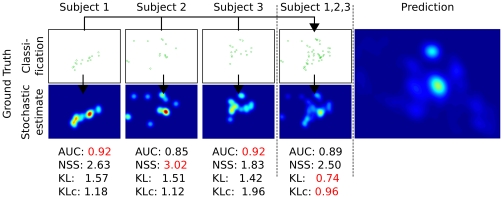Figure 1. Predicting the joint fixation selection process of several subjects vs. predicting individual subjects.
The prediction in this case was generated not from a model but from the fixations of several independent subjects. It therefore captures the joint process of a group of subjects. When treated as a classification problem (top row), only the fixation locations are important. In this case, the mean of the AUC or NSS scores for the individual evaluations are identical to the AUC or NSS score of evaluating the joint process. When treated as a stochastic process (bottom row; see sec:mam: sec:fdm for computational details of fixation density map estimation), locations that were fixated by one but not all subjects are less important to predict. KL-divergence, which evaluates not individual fixations but the prediction of the stochastic process, yields a better score for the evaluation of the joint process. This also holds true when it is corrected for the number of fixations in the data (KLc).

